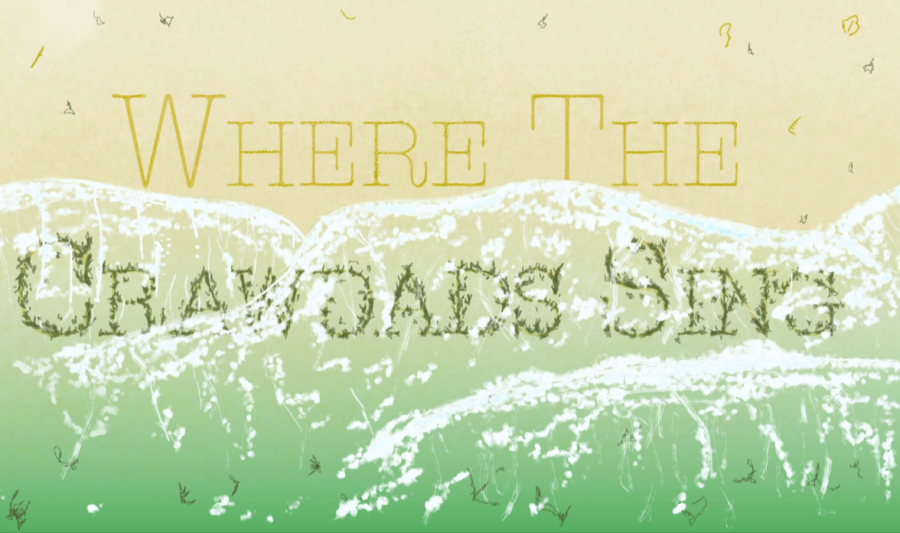Where The Crawdads Sing highlights humanity’s connection to nature
The marsh is brought to the big screens
The hit book-to-movie adaptation Where the Crawdads Sing follows Kya, who becomes a murder suspect after raising herself alone in the North Carolina marshes. The Sidekick staff writer Anvita Anumala gives us her thoughts on this romantic murder mystery. Graphic by Trey Boudreaux.
December 9, 2022
Please read this with discretion as it will include spoilers.
Six-year-old Kya Clark finds a snowy-white feather on the Carolina marsh water as her mother calls her name. She runs through the muddy grass to her easel, chasing hens away, then begins to sketch, copying her mother as she paints the landscape of the marsh.
Her mother leaves the next day.
The novel Where the Crawdads Sing by Delia Owens grew popular worldwide in 2018, winning recognition such as the Japan Booksellers award and British Page Turner award. It holds the record for the most weeks at No. 1 on The New York Times Best Seller List as well.
Due to its massive success, the novel took to film and was released in theaters on July 15. On Nov. 12, the film was added to Netflix.
Where the Crawdads Sing follows Kya (Daisy Edgar-Jones), a girl brought up in the marshes of North Carolina, through her journey with absent parents, abuse, murder and love. Kya is intrigued by the wonders of the marsh, so she documents every plant, bird or shell with a drawing. She is seen as an outsider her entire life and, at the beginning of the novel, is accused of killing Chase Andrews, the former high school football quarterback.
After reading the novel, I had high hopes for the film adaptation because of the renowned cast and hype surrounding the release. Finally, I sunk into bed with my favorite blanket and opened Netflix on Saturday night: it did not live up to my expectations.
The film was more focused on the romance between Kya and Tate Walker (Taylor John Smith) rather than the murder trial, but the beauty of their relationship was less
emotionally intimate compared to the novel. The plot had zero suspense and lacked dramatic impact.
Even the roles of Mabel (Michael Hyatt) and Jumpin (Sterling Macer Jr.), the kind couple that offered Kya help when she was struggling, were downplayed in the movie. Their relationship in the book is special and an important part of Kya’s life, but that connection does not translate onto the screen.
The timeline of the movie is very rushed. The movie starts with the death of Andrews and the arrest of Kya, which both happen much later in the book. In addition, all of the flashbacks to Kya’s childhood were missing specific details and events from the novel.
However, I loved seeing how the description of the marsh being filled with birds, flowers, greenery and lake water came to life, and how much nature was interconnected with Kya’s life. The marsh itself impacted Kya’s morals throughout the film, and the stories within the nature were her motivation to kill Andrews. The cinematography––poetic narration combined with the scenery––made the film worthwhile despite its lackluster plot.
Usually, I prefer watching movies over reading books, but this experience persuaded me to read more books since they clearly have a higher quality. I’m not a consistent reader, but I could not stop reading this novel. Delia Owens undoubtedly has a way with figurative language, and I would gladly read more of her books.
My final verdict is this: as with most book to film adaptations, the novel is better than the movie.
Follow @CHSCampusNews on Twitter.











